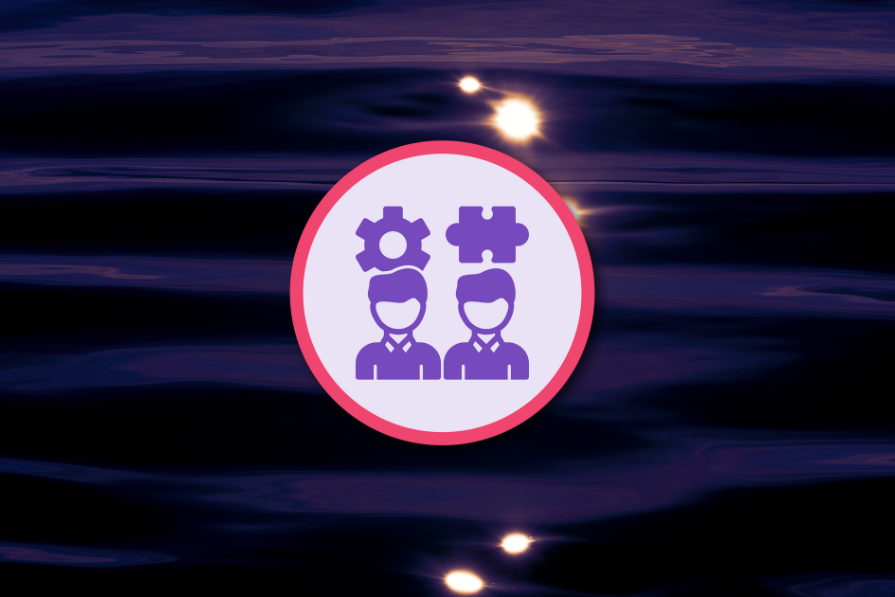Logrocket
1M
246

Image Credit: Logrocket
Best design collaboration tools — and how to actually pick one that fits
- The article discusses the importance of choosing the right design collaboration tools to improve outcomes efficiently.
- It presents a comparison table of 14 top design collaboration tools based on different phases like brainstorming, design, feedback, and handoff.
- Key considerations include clarifying goals, ranking must-have features, mapping tools to existing stack, running pilots, gathering team feedback, deciding, documenting, reviewing, and iterating.
- Brainstorming and ideation tools like Miro, Otter.ai, and AI chat products help in generating and capturing ideas effectively.
- Design and prototyping tools such as Figma, Framer, Webflow, Galileo AI, and UIzard assist in creating high-fidelity designs and interactive prototypes efficiently.
- Feedback and review tools like Loom, Pastel, and Maze enable collecting feedback, annotating sites, and conducting remote usability testing.
- Handoff and dev collaboration tools like Figma Dev Mode, Zeplin, and Supernova aid in streamlining design handoffs and developer collaborations.
- The article emphasizes avoiding tool bloat by starting with actual needs, focusing on existing tools, and monitoring tool usage to prevent inefficiencies.
Read Full Article
14 Likes
For uninterrupted reading, download the app